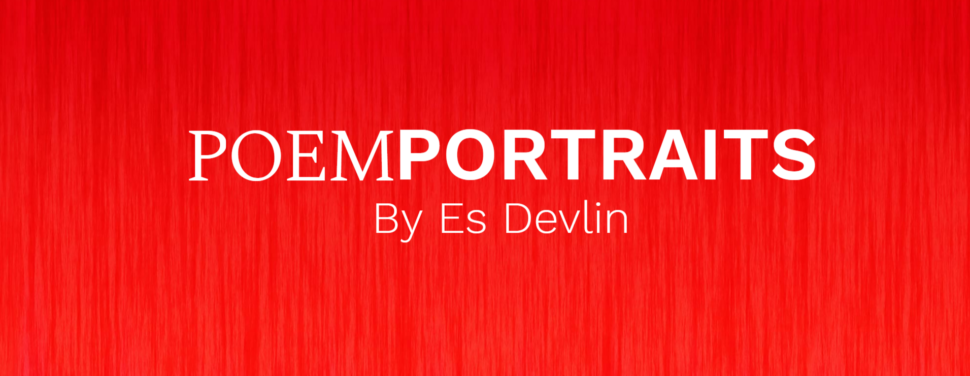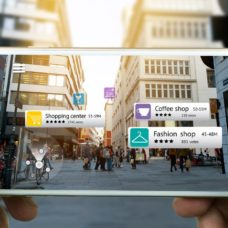Just recently, Google launched its PoemPortrait AI, an artificial intelligence system that writes unique poems overlayed on people’s self-portraits. The AI was created as part of Google’s newest art initiative which aims to create an online collection of artworks submitted by people from across the globe.
The PoemPortrait online collective artwork is the brainchild of London-based artist and stage designer, Esmeralda “Es” Devlin. According to her, the primary goal of the project is to test the limits of AI and human collaboration by combining poetry, design, and machine learning.
Anyone can access the AI by heading to the PoemPortrait web app. Once there, the app will ask the user to donate a word of his/her choice and to take a photo. Every word given by the person will be used by the AI to form the lines of a unique poem. Once done, the person will receive a portrait of his/her face, overlayed with the poem’s lines.
The PoemPortrait AI
Devlin collaborated with Google Arts & Culture Lab and Google creative technologist Ross Goodwin to develop the PoemPortrait AI. The AI system was trained by Goodwin using more than 25 million words from poems written by 19th-century poets.
Devlin explained:
“It works a bit like predictive text: it doesn’t copy or rework existing phrases, but uses its training material to build a complex statistical model. As a result, the algorithm generates original phrases emulating the style of what it’s been trained on.”
According to Devlin, the poems generated by PoemPortrait vary. Sometimes they can be poignant, but at times can be nonsensical. She added:
“It’s the profoundly human way that we seek and find personal resonance in machine-generated text that’s the essence of this project. I was inspired by the writing of Shoshana Zuboff on the “information civilization”—she writes, “If the digital future is to be our home then it is we who must make it so.”



















I really glad for the given this great article access here http://fixwindows10connections.com and seen the connections for bluetooth audio devices and wireless displays in windows.
Nice post.